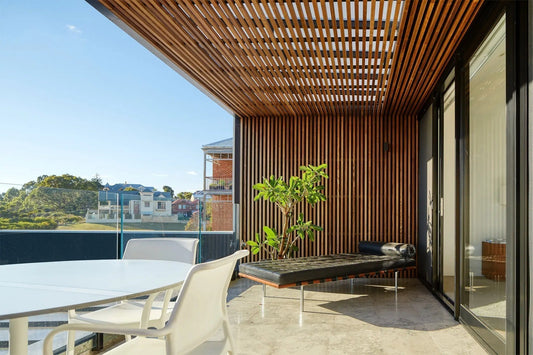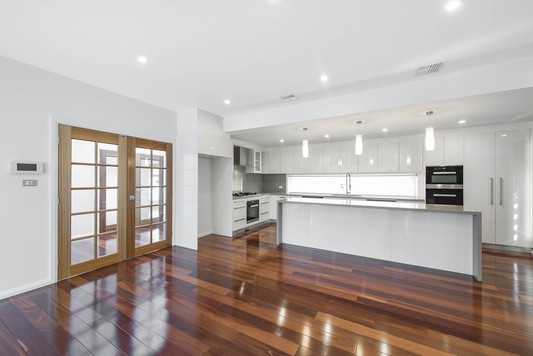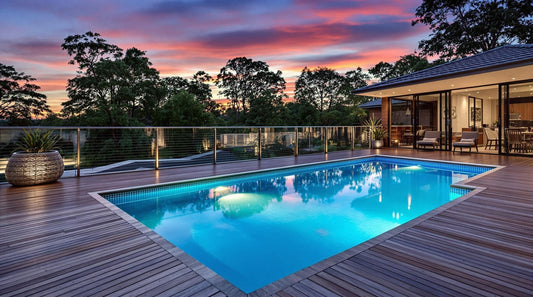The Importance of Timber Standards in Construction
When undertaking building or renovation projects involving timber, a working knowledge of relevant Australian Standards (AS) and the National Construction Code (NCC) is invaluable. These frameworks are established to ensure the safety, quality, and long-term performance of building materials, including timber flooring and decking. For consumers and professionals alike, these standards serve as a crucial benchmark, guaranteeing that timber products are fit for purpose and contribute to the structural integrity and safety of the completed work.

Several standards are particularly pertinent. AS 2796 – Timber - Hardwood - Sawn and Milled Products is a cornerstone for hardwood items, specifying requirements for species suitability, grading (both appearance and structural), moisture content, and manufacturing quality. For the broader context of timber construction, AS 1684 – Residential Timber Framed Construction is critical, covering design and building practices for timber framing. The National Construction Code (NCC) is Australia’s primary set of technical provisions, referencing various Australian Standards and setting minimum requirements for safety, health, amenity, and sustainability.
Understanding Timber Grading: Appearance and Strength
Timber grading is the process of classifying wood based on its characteristics, which determines its suitability for different applications. Two main types of grading are relevant for flooring and decking: appearance and structural.
Appearance grading
Appearance grading focuses on the timber's visual qualities, such as the presence and size of natural features like gum veins, knots, and insect markings, as well as variations in colour and grain. AS 2796 outlines common appearance grades for Australian hardwoods:
| Grade & Feature | Description |
|---|---|
| Select Grade | The highest grade, with minimal natural features, offering a clean, uniform look |
| Standard Grade (or Medium Feature Grade) | Exhibits more natural character, with a moderate amount of features |
| Feature Grade (or High Feature Grade) | Prominently displays the timber's natural history with more significant and frequent features |
Structural grading
Structural grading (also known as stress grading) evaluates the timber's strength, stiffness, and load-bearing capacity, which is critical for structural applications like posts and deck substructures. Hardwoods are often assigned 'F-grades' (e.g., F11, F17), with higher numbers indicating greater strength.
Timber Durability and Resistance Properties
The natural durability of timber refers to its inherent resistance to decay and insect attack. AS 5604: Timber – Natural durability ratings classifies timber species into durability classes (1 being the highest) for both in-ground and above-ground use. This is vital for selecting timber for exposed applications.
Table 1: Natural Durability Classes (AS 5604) for Key LB Timber Species
| Durability Class | Probable In-Ground Life Expectancy (Years) | Probable Above-Ground Life Expectancy (Years) | Example LB Timber Species (Heartwood) |
|---|---|---|---|
| 1 | > 25 | > 40 | Ironbark (Grey & Red), Tallowwood |
| 2 | 15 - 25 | 15 - 40 | Blackbutt (in-ground), Spotted Gum (in-ground) |
| N/A (Class 1) | N/A | > 40 | Blackbutt (above-ground), Spotted Gum (above-ground) |
* Note that Blackbutt and Spotted Gum are Class 1 for above-ground applications.
For properties in bushfire-prone areas, AS 3959: Construction of buildings in bushfire-prone areas is critical. It defines Bushfire Attack Levels (BALs), which measure a building's potential exposure and dictate construction requirements, including for timber decking and cladding.
Table 2: Bushfire Attack Level (BAL) Overview (AS 3959)
| BAL Rating | Radiant Heat Exposure (kW/m²) | Description of Risk | General Timber Use Implications for Decking/Cladding |
|---|---|---|---|
| BAL-LOW | 0 to < 12.5 | Very low risk, but ember attack possible. Minimum BAL-12.5 construction if in BPA. | Bushfire-resisting timbers may be required if BAL-12.5 applies. |
| BAL-12.5 | Low risk, primarily ember attack. | Bushfire-resisting timbers (e.g., Blackbutt, Spotted Gum, Red Ironbark) required in specific locations (e.g., near windows) or for entire deck/cladding depending on design. | |
| BAL-19 | > 12.5 to | Moderate risk, increasing ember attack & radiant heat. | Bushfire-resisting timbers generally required for decking and cladding. |
| BAL-29 | > 19 to | High risk, increased ember attack & radiant heat. | Bushfire-resisting timbers (e.g., Blackbutt, Spotted Gum, Red Ironbark, Tallowwood at BAL-19) required. |
| BAL-40 | > 29 to | Very high risk, high radiant heat, some flame contact. | Decking often requires systems complying with AS 1530.8.1 or non-combustible materials. Specific bushfire-resisting timbers may be part of compliant systems. Cladding must be non-combustible or a tested system. |
| BAL-FZ | > 40 & Flame Contact | Extreme risk, direct flame exposure. | Non-combustible materials generally required. Timber use highly restricted. |
Several Australian hardwoods, including Blackbutt, Spotted Gum, and Red Ironbark, are naturally bushfire-resistant and suitable for use in many BAL zones. Tallowwood is also recognized for its fire resistance, often suitable for BAL-19 applications. Compliance involves both selecting appropriate timber and adhering to specific construction methods detailed in AS 3959.
Regarding termite resistance, the heartwood of key Australian hardwoods like Ironbark, Blackbutt, Spotted Gum, and Tallowwood is rated as naturally resistant. While this natural resistance is valuable, it should complement a comprehensive termite management system for the property.

Your Partner for Compliant, High-Quality Timber
LB Timber is committed to supplying Australian hardwoods that meet aesthetic and performance expectations while complying with all relevant Australian Standards. Understanding these standards can be complex, so the team encourages customers to discuss their specific project requirements to ensure the selection of appropriately graded and rated timber.
Continue to read
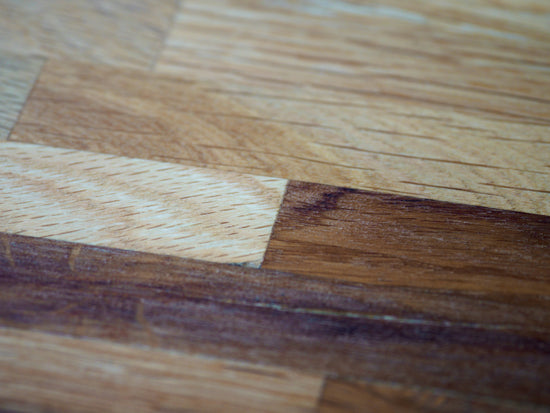
How to Choose
Choosing the ideal timber for a project involves understanding the unique characteristics of each species.
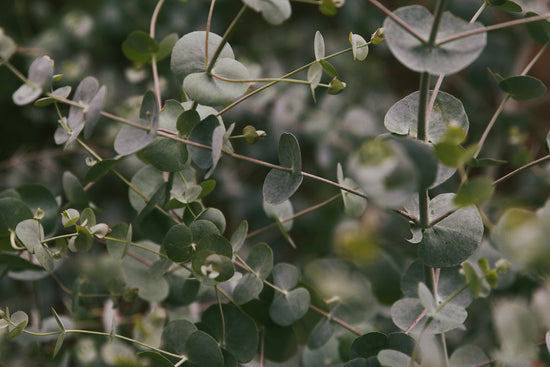
Sustainable Aussie Timbers
LB Timber originates from NSW forests managed under framework Ecologically Sustainable Forest Management (ESFM).
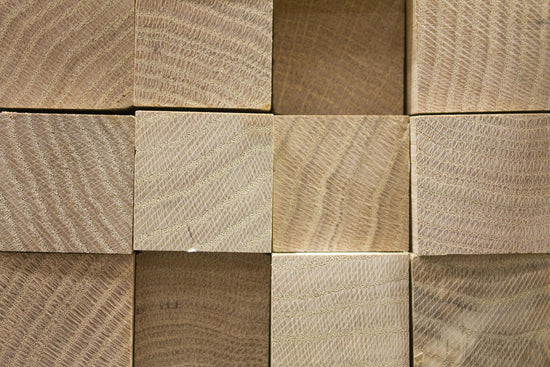
Standards & Ratings
Standards benchmark, guarantee that timber products are fit for purpose and contribute structural integrity & work safety.
